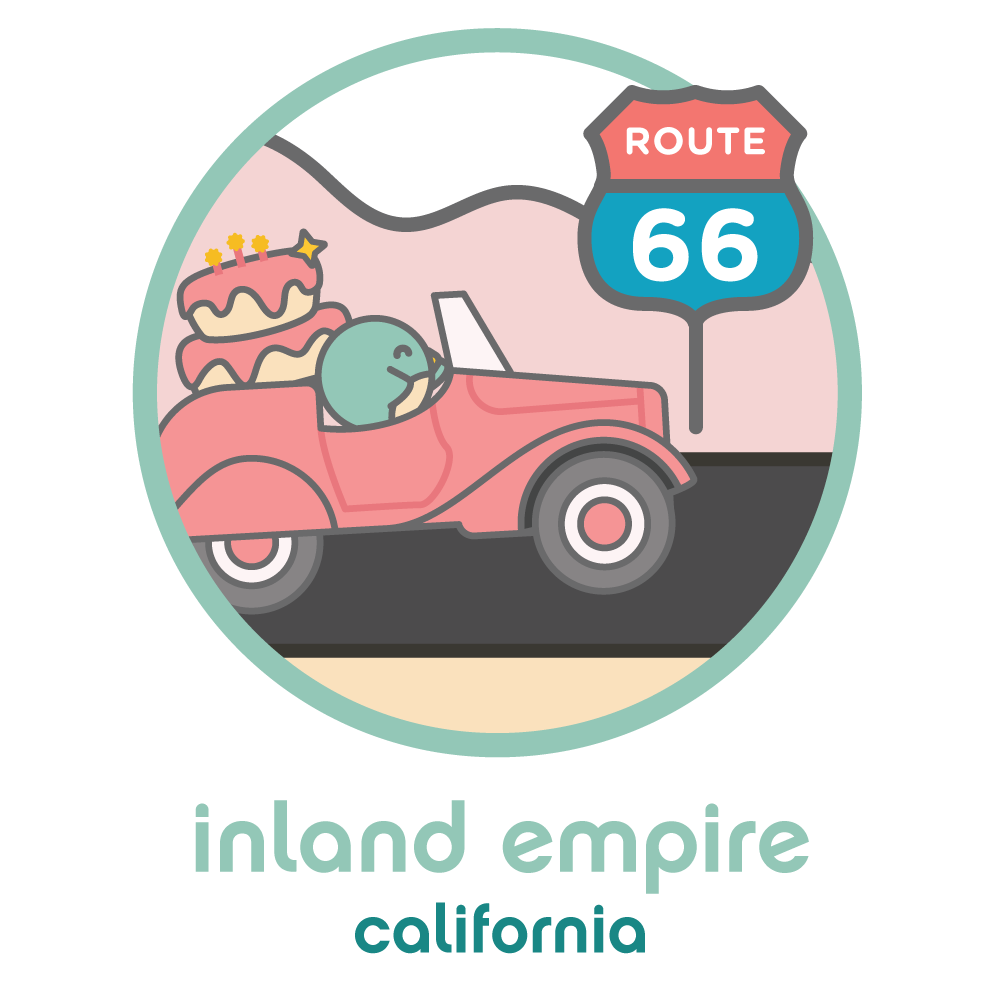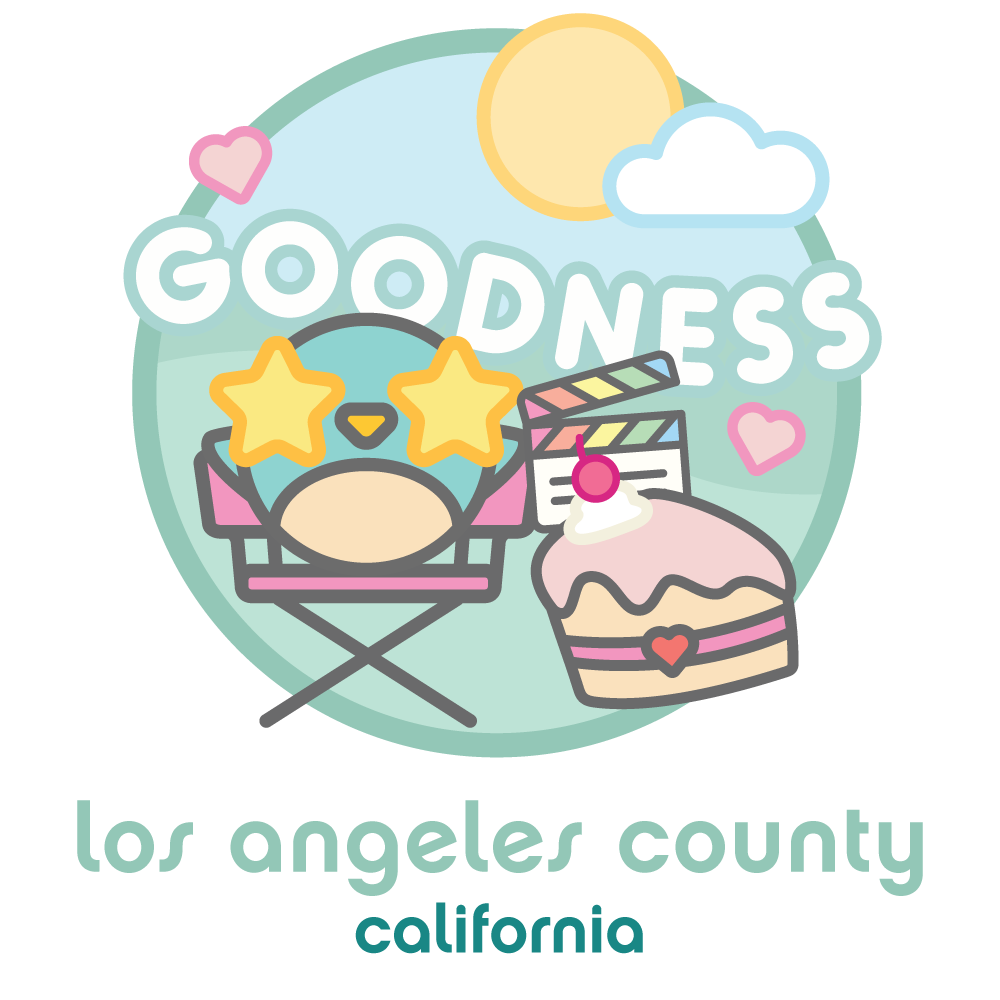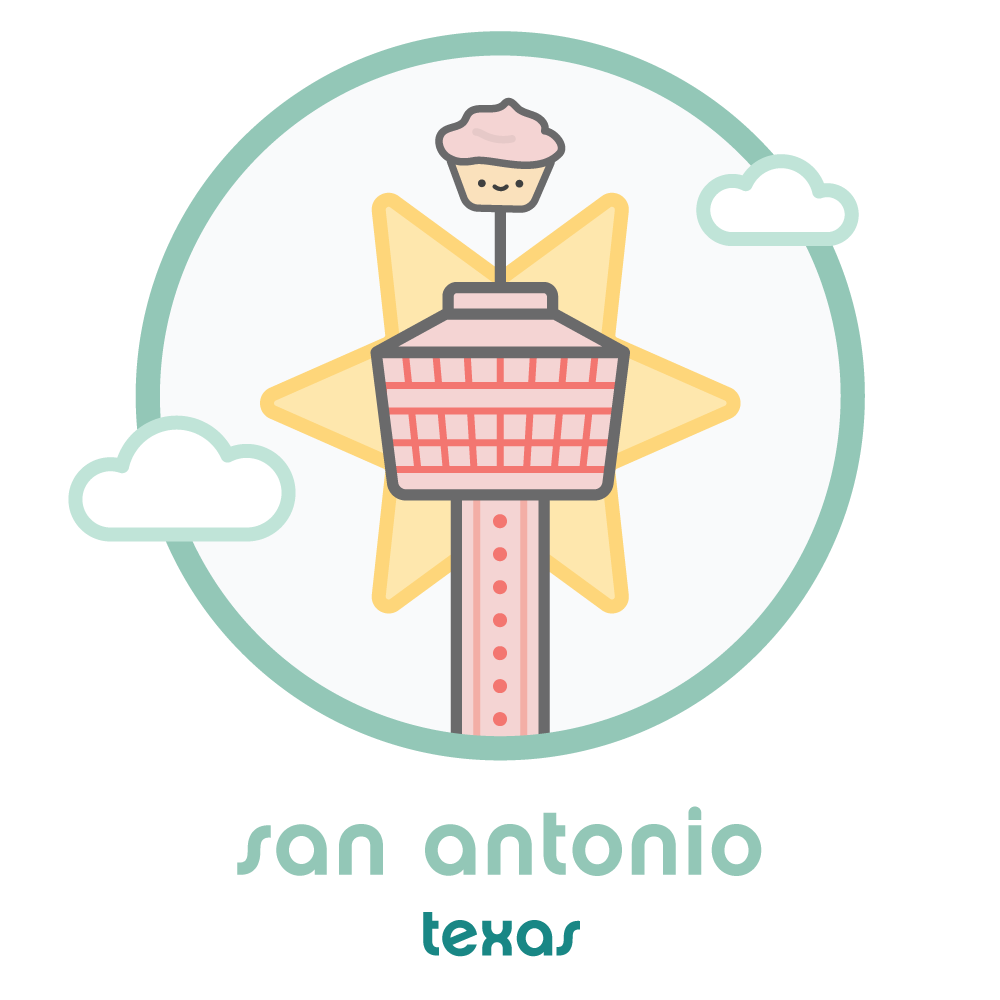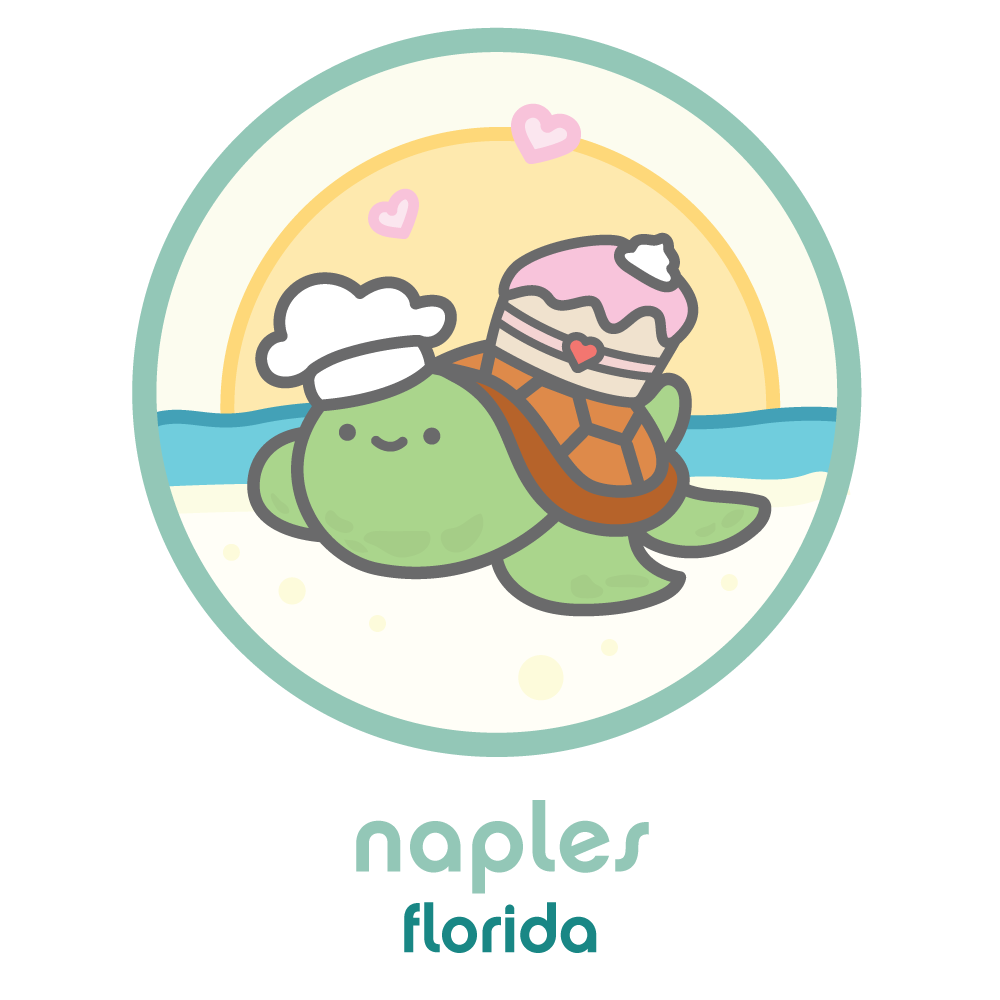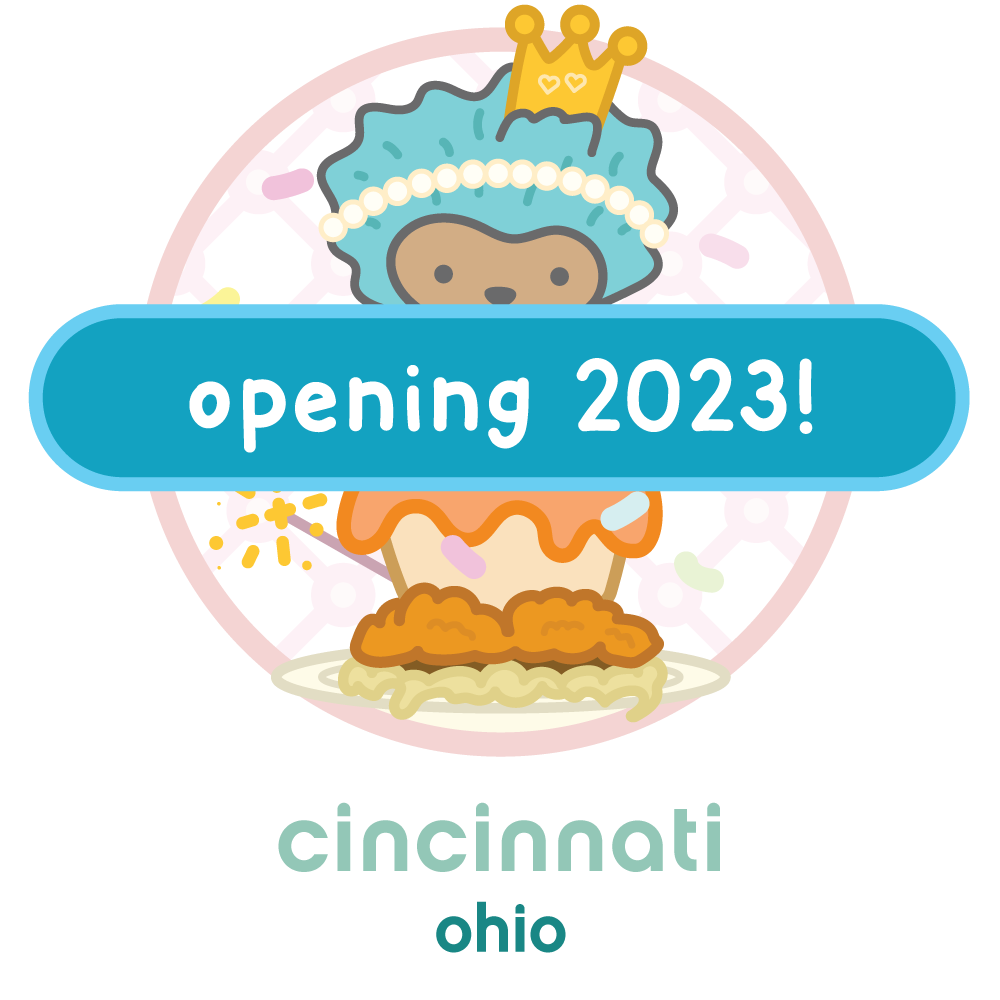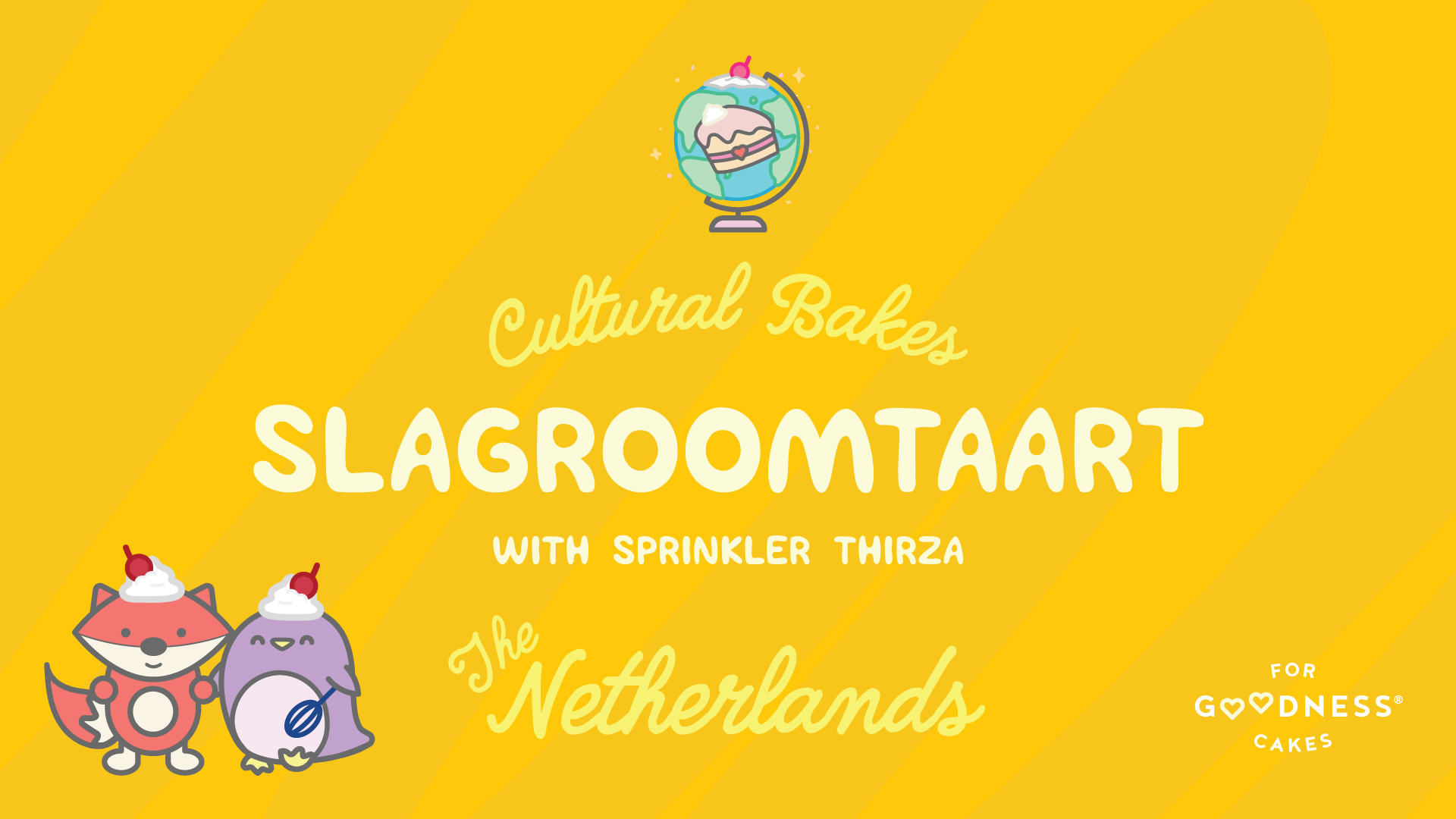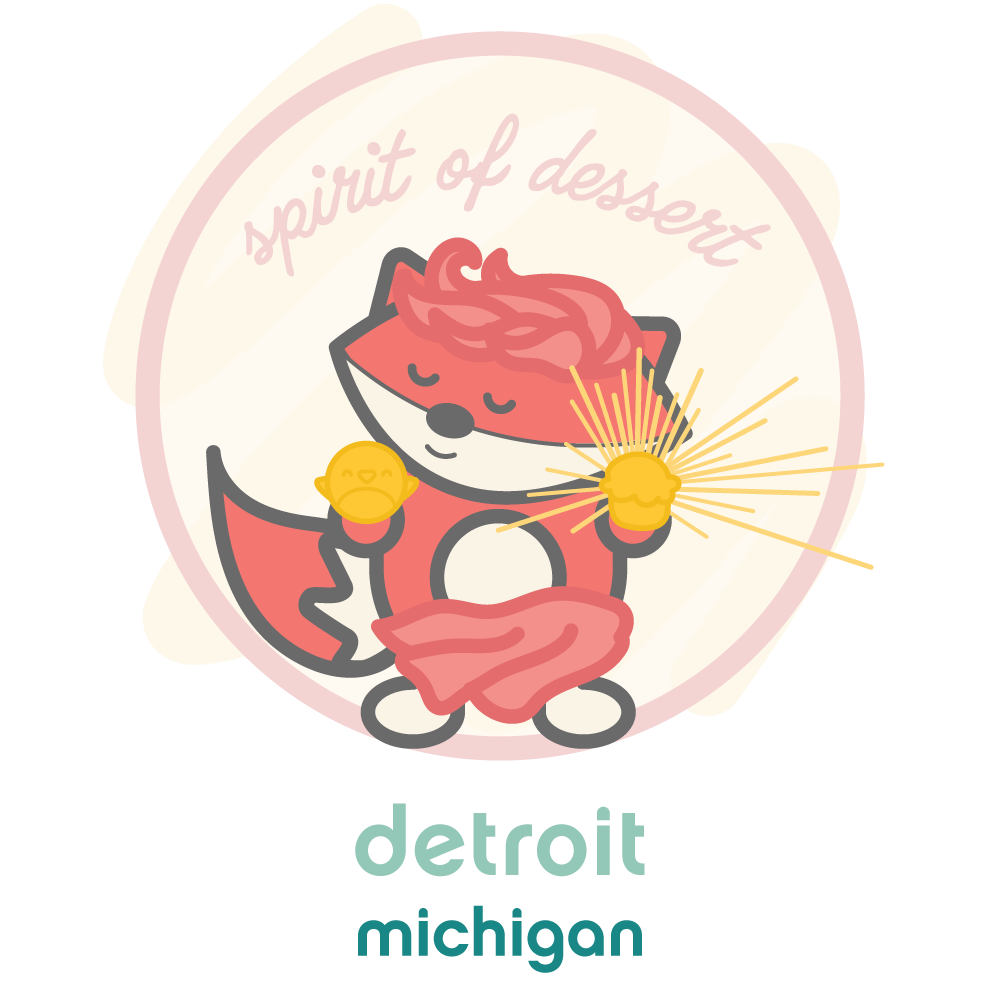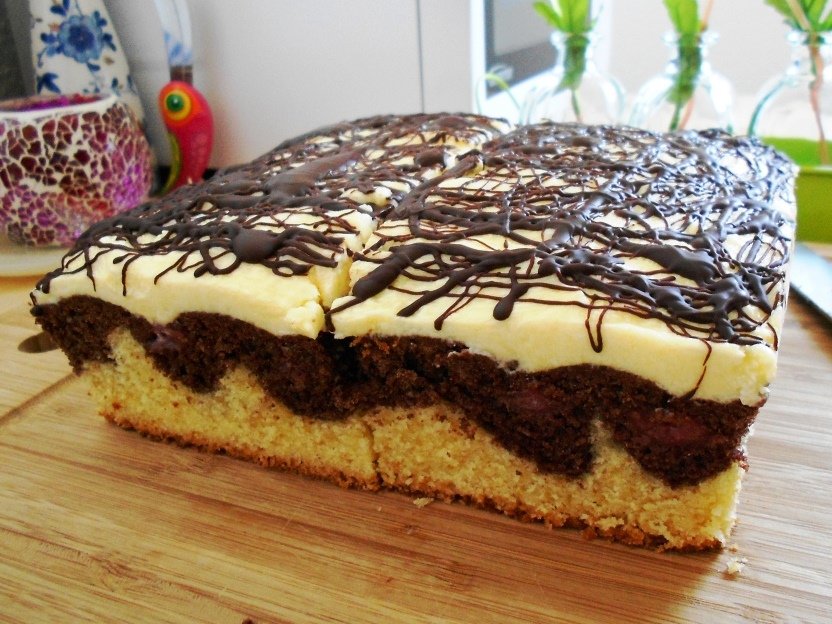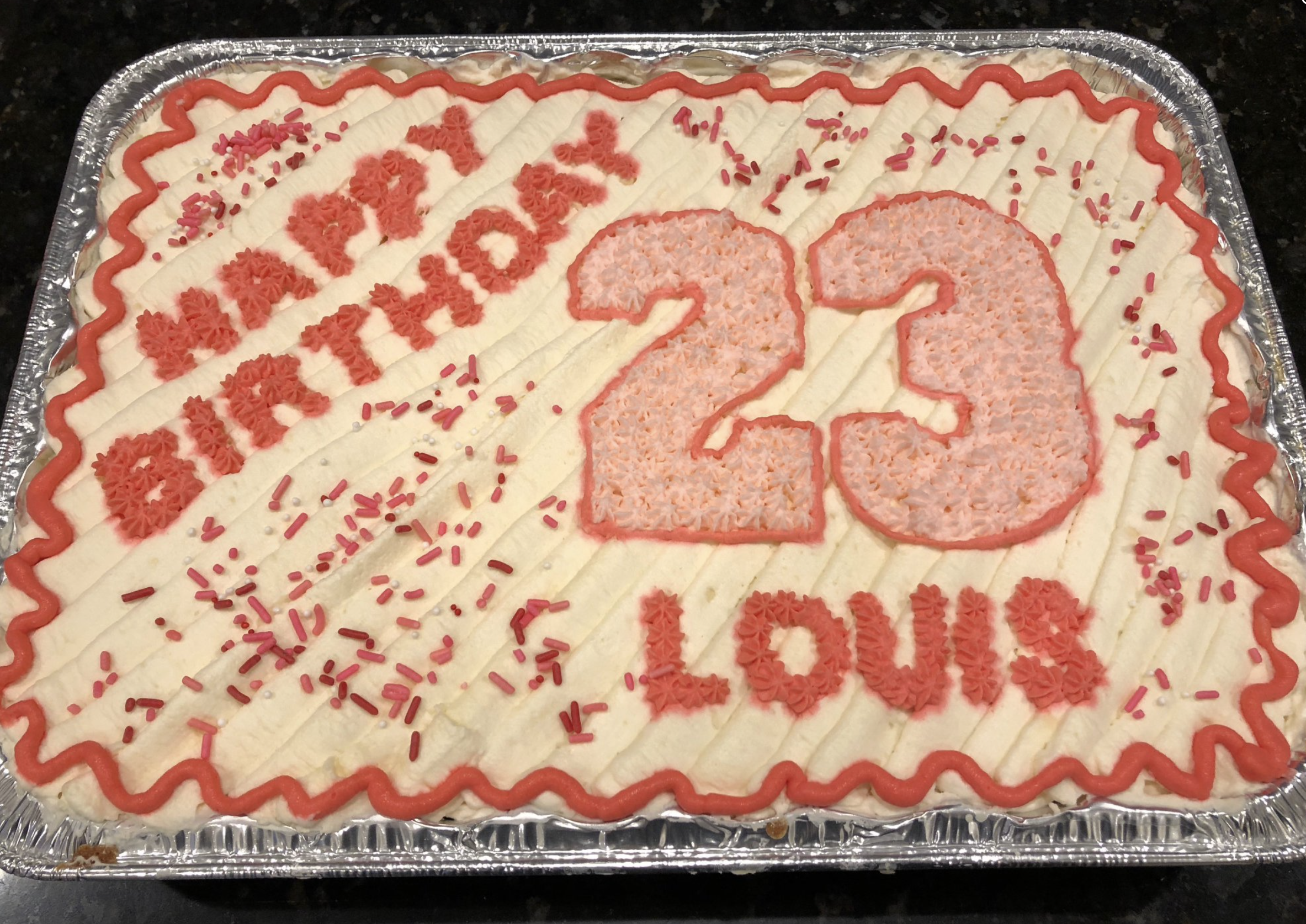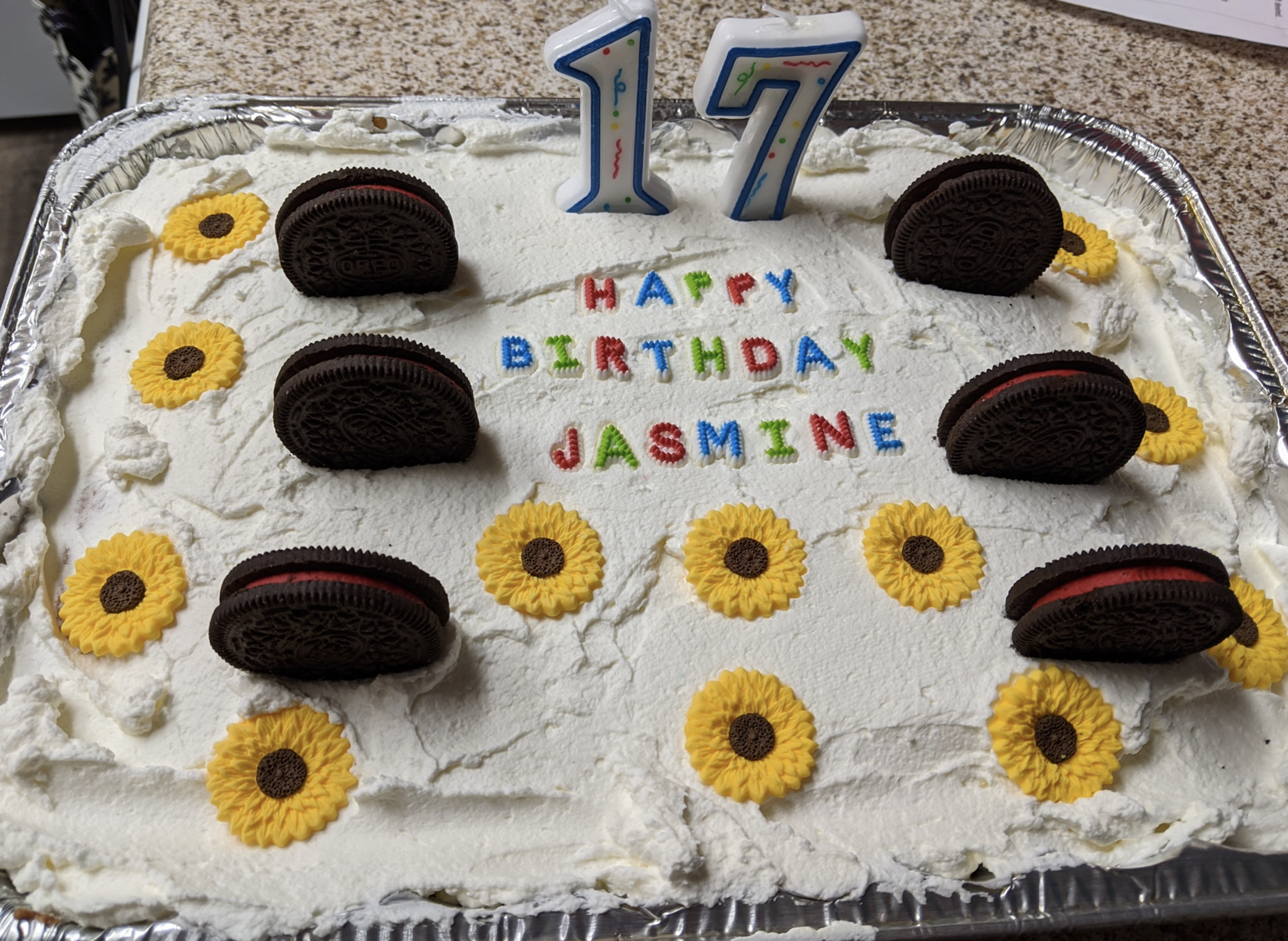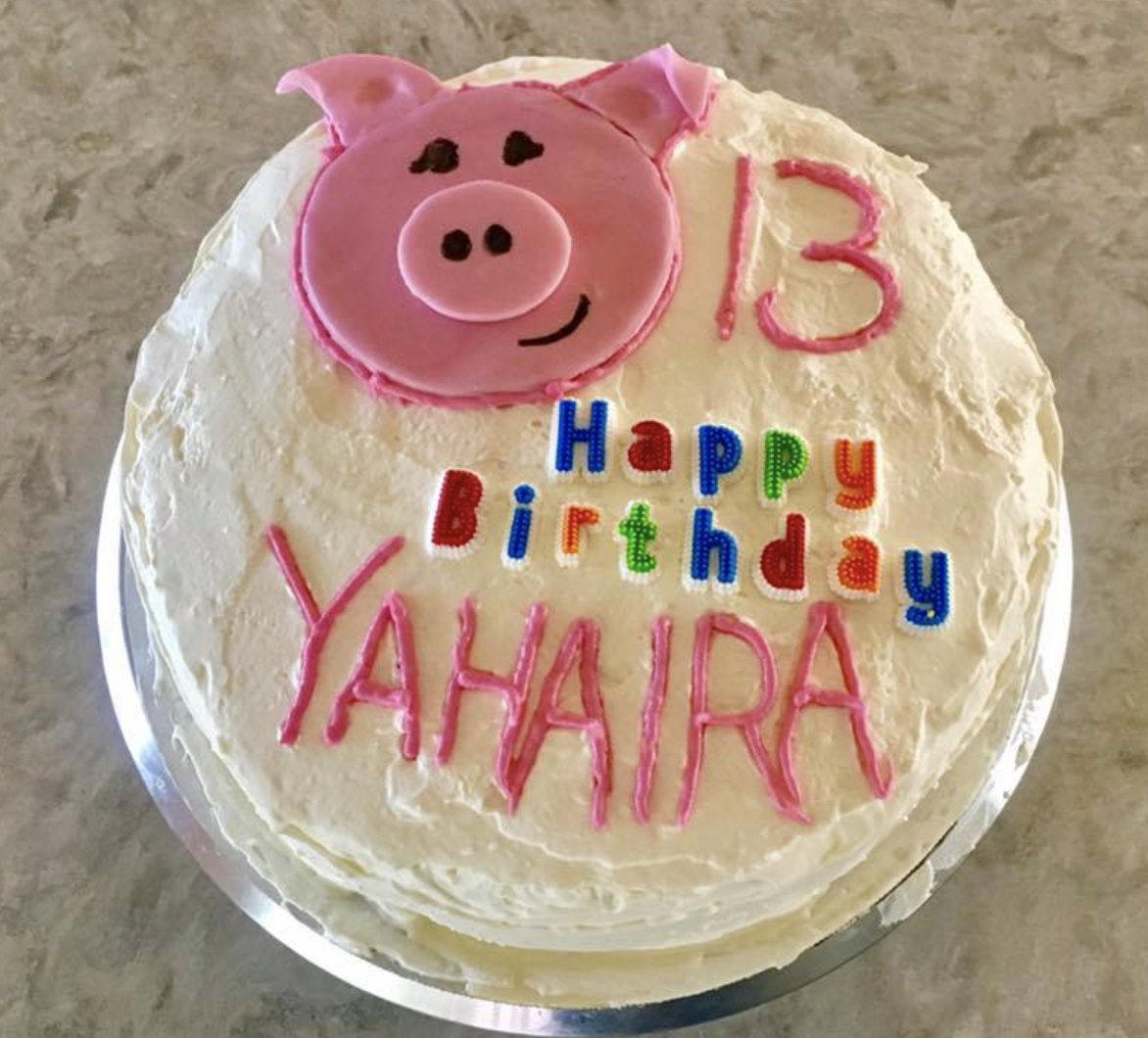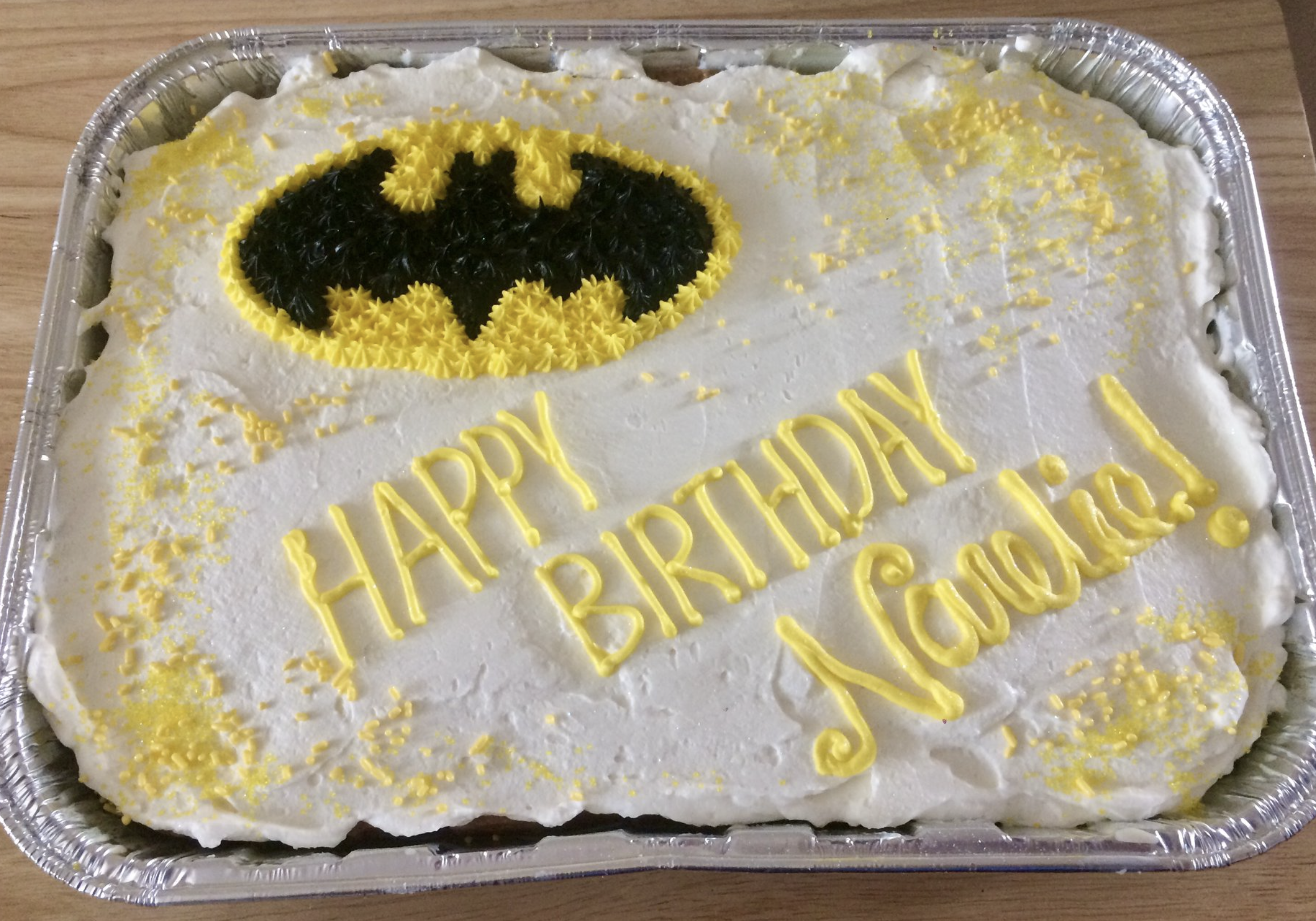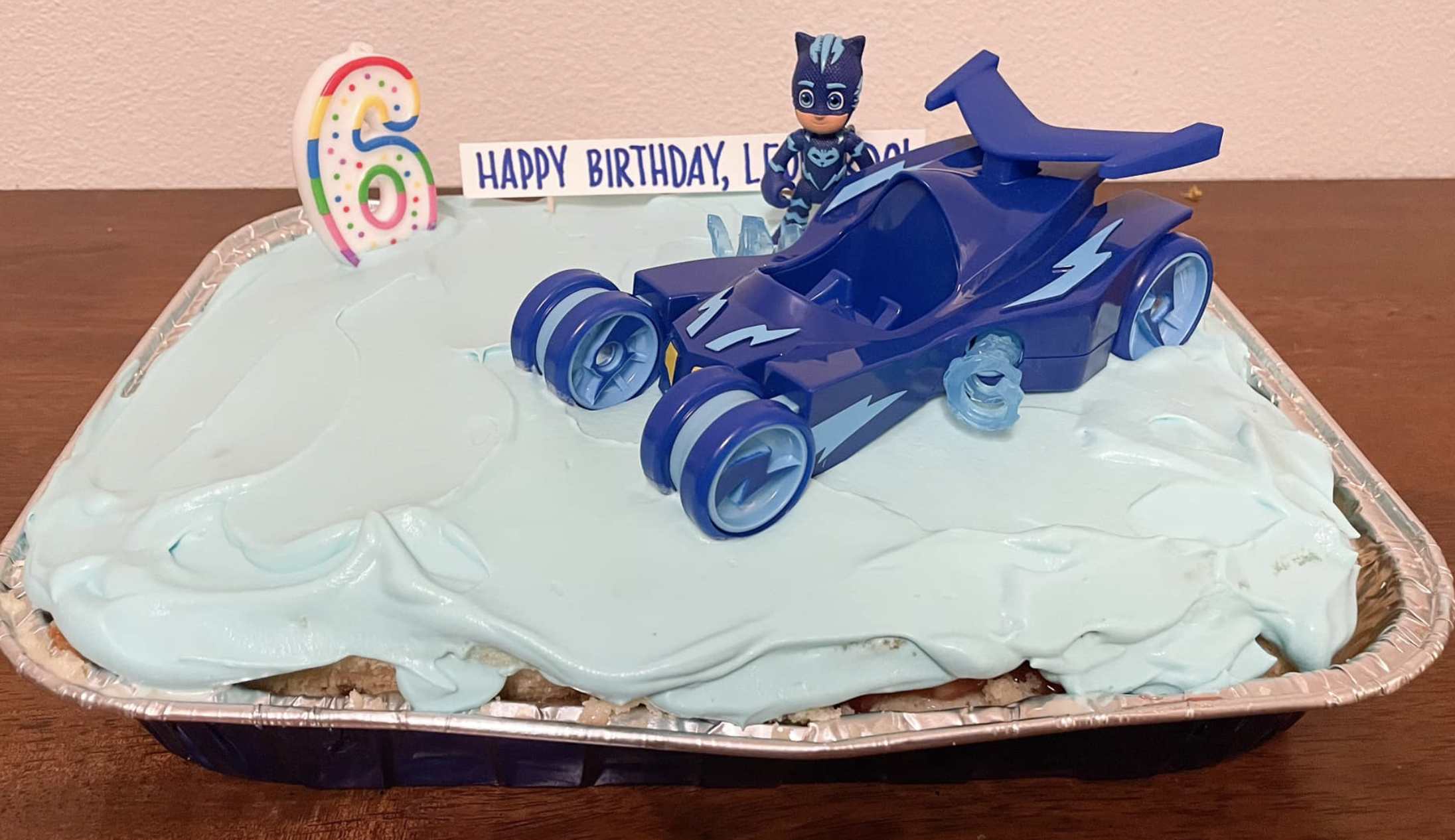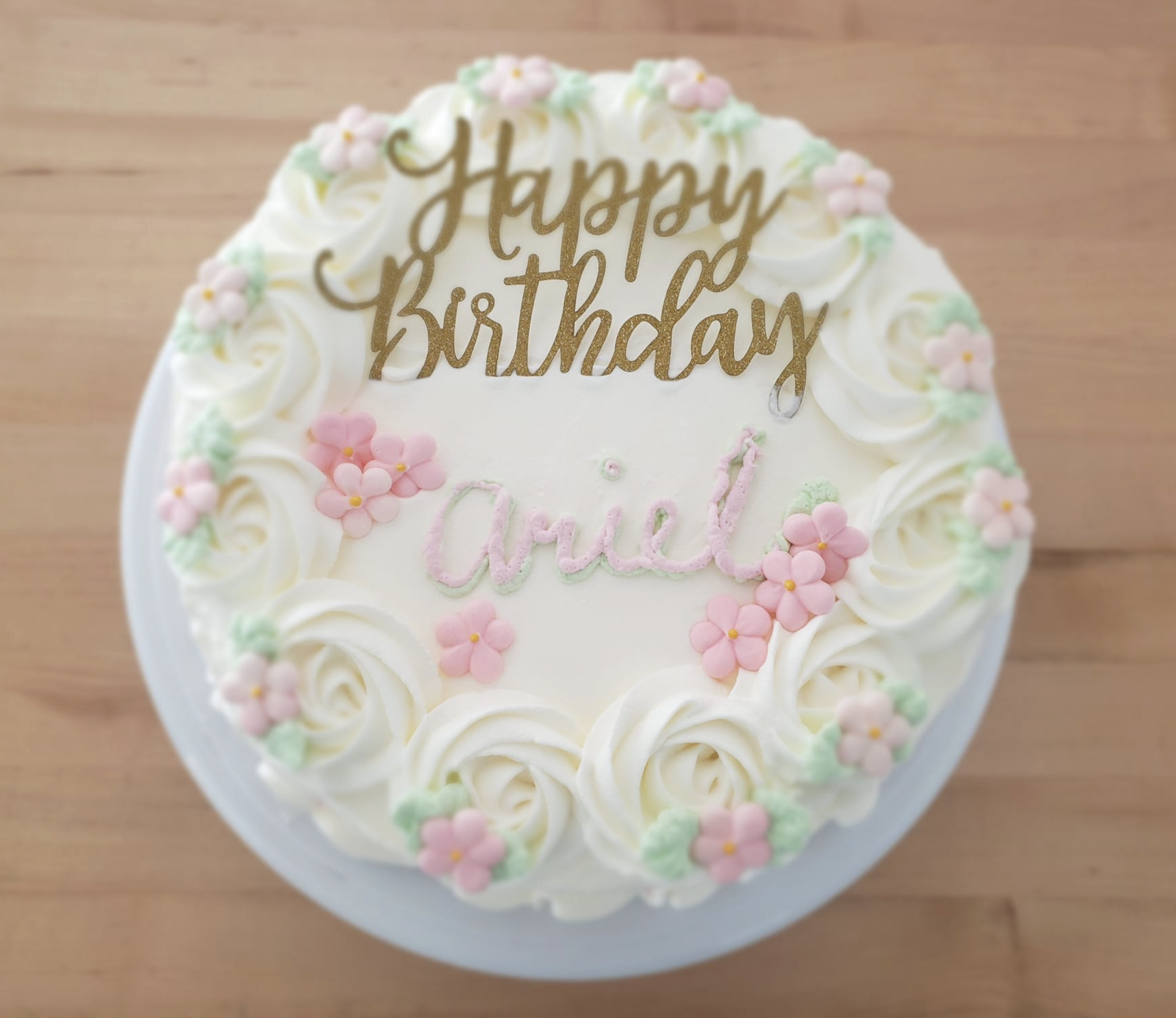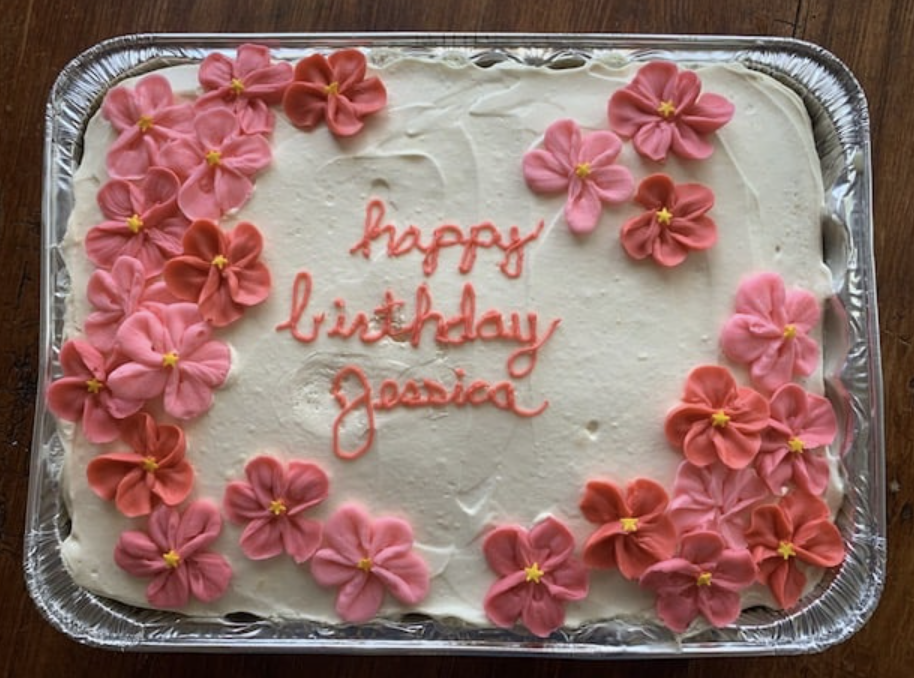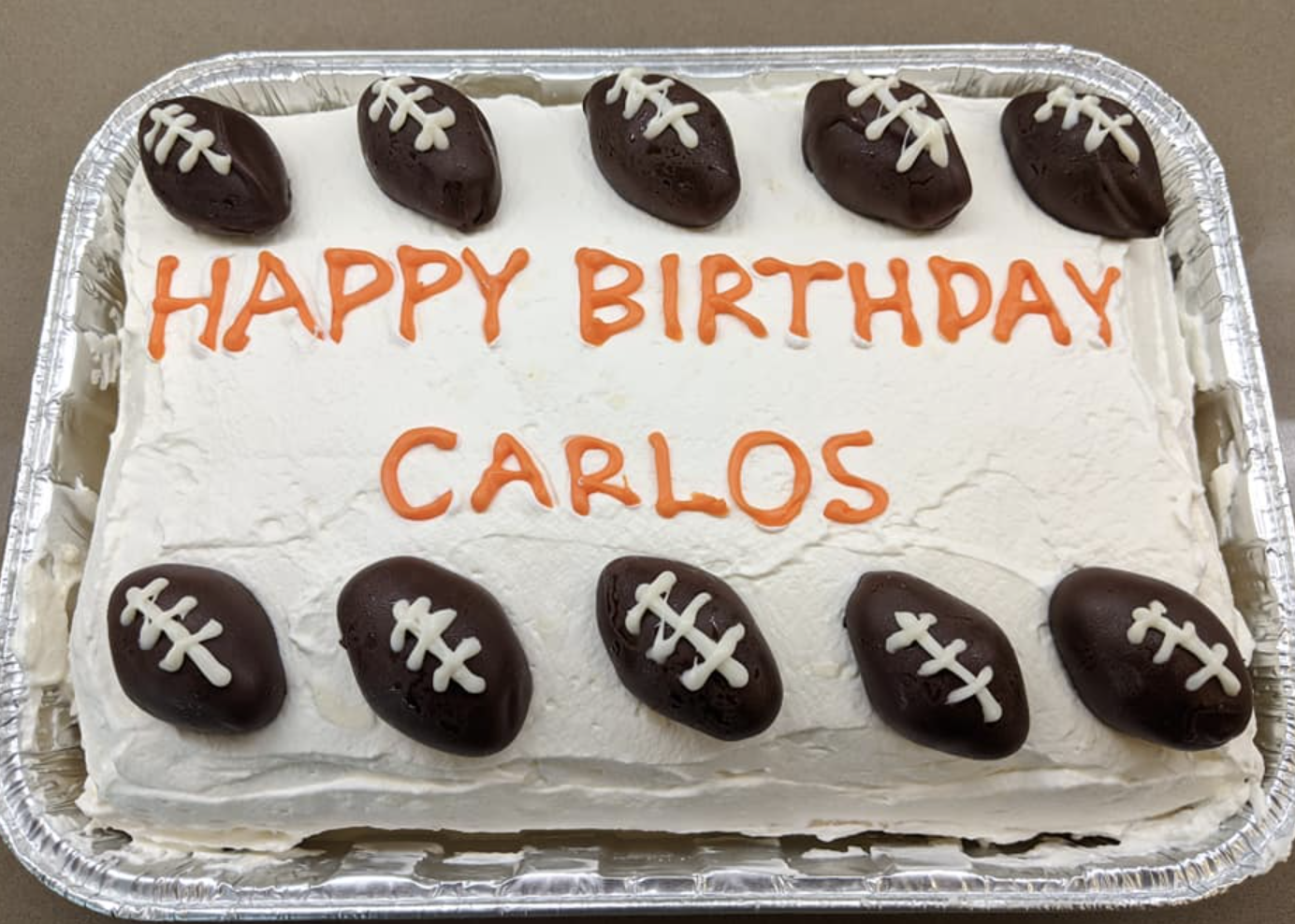Photo from The Dutch Table
Yahoooooooo!!!! The next stop on our global goodness tour brings us to 🇳🇱 The Netherlands 🇳🇱! Let’s dig right in!
FUN FACTS
According to Sprinkler Thirza, who was raised in The Netherlands, The Dutch do not typically celebrate birthdays with cakes. In fact, the term cake isn’t really used in the Netherlands! (And why we call this blog Cultural Bakes!)
What do you see, and more importantly, what do you eat instead? Well, a lot of tarts!
Tarts, or Vlassi¹ come with a wide range of fillings, including fruits and chocolate. Thank you for all you tart us 😉 Thirza!
Photo from dutch-birthday-traditions
But before you can dig into your yummy tart, you have to be congratulated. Yes… you! The friend or loved one of the birthday human! Unlike American tradition, The Dutch believe that friends, colleagues, and especially the immediate family, should be congratulated and celebrated for their birth. Talk about spreading the love 💕💖!
😂 And they have quite a sense of humor!
The Famous Dutch Circle Parties
Do you have a favorite shape? Because the Dutch love their circle parties. No long, rectangular banquet hall style seating arrangements here. Guests sit in a large circle, for peak social interaction, waiting for the host, aka the birthday human, to serve them. So sit back, relax and eat!
A SUPER SWEET CONNECTION
American and Dutch relations go as far back as the American revolution. The Dutch came to the east coast during the 16th century which were “the beginnings of a solid Dutch presence in North America.” ² These beginnings led to the New Amsterdam colony which would later be known as New York City. According to the Census, New York is one of the states that continues to have some of the largest populations of those who identify as Dutch. Other sprinkly states include Michigan, California, Texas, Florida, and Ohio! ³
Hmm, those states sound familiar!!!
GET READY FOR THE BAKE!
Thirza shared her favorite birthday bake with us… The Whipped Cream Cake AKA Slagroomtaart [it pretty much sounds like how you read it]. The Slagroomtaart is made up of a light and airy sponge cake, bursting with a ton of whipped cream (inside and out!), fresh fruit, and toasted almonds! Umm, you had us at Whipped Cream! 🥳🥳🥳
Slagroomtaart (Whipped Cream Cake)
** Please remember to mask up when baking cakes for our Sprinkly Kiddos and Young Adults **
Ingredients for the Cake:
4 large eggs
1 pinch salt
1/2 cup (100 grams) granulated sugar
1 1/2 teaspoons (5 grams) lemon zest
1 cup (90 grams) all-purpose flour
3 teaspoons (10 grams) cornstarch
Ingredients for Whipped Cream:
2 cups (480 milliliters) heavy cream
1/4 cup (50 grams) superfine sugar
Ingredients for the Syrup:
1/4 cup (50 grams) superfine sugar
1/4 cup (50 grams) water
Splash of vanilla extract, orange juice or any other flavor
Other:
Fresh fruit of choice
1 cup (100 gram) Roasted sliced almonds, for garnish
Directions
Roasted Almonds: Preheat the oven to 320 F (160 C). Spread on a baking sheet and toast in the oven for 20 minutes, or until golden. Allow to cool.
Syrup: Put the water and sugar in a saucepan and bring to the boil. Let the syrup boil for 1 minute and keep stirring until the sugar has dissolved. Remove the syrup from the heat and add the flavor. Let the syrup cool before using.
Sponge Cake: Preheat the oven to 356 F / 180 C. Whisk the eggs, salt, sugar and lemon zest in a double boiler until light and fluffy. Sieve the flour and cornstarch and fold into the mixture. Grease a spring form measuring 10 x 2-inches (25 x 5cm) with butter and pour the batter into it.
Bake the cake for 25 minutes (or until an inserted skewer comes out clean). Remove from the oven and allow to cool on a cake rack. Once cooled, cut the sponge cake (horizontally) into two layers.
Whipped Cream: In a clean bowl, whip the cream and sugar until it forms stiff peaks.
Using a squeeze bottle or simply brush the bottom layer with syrup. Make sure it doesn’t get soggy. Slather the bottom layer of the cake with a thick covering of freshly whipped cream. Cover with a layer of fresh fruit.
Place the second cake layer on top. Brush this cake layer with syrup. Cover the top and sides of the cake with whipped cream. Using a pastry bag with a large star nozzle, decorate the top of the cake with piped rosettes of the remaining cream and fresh fruit, and the sides of the cake with the toasted almonds.
EET SMAKELIJK! [Ate smack-a-lick]
(Enjoy!)
Btw, that phonetic spelling just happened to sound like the Dutch word. We can’t make this stuff up!
Hieperdepiep Hoera! (Hip Hip Hooray!)
That’s [heap-er-der-peep hurrah] to you!
We’ll be taking a whipped cream and roasted almond bubble bath later tonight, but in the meanwhile we hope you enjoyed Sprinkler Thirza’s AMAZING baking demo of a Slagroomtaart. Now the next time you go to a Dutch birthday party, you’ll know what to eat, why they like circles, and that YOU’LL be the one who is being celebrated! 🥳🥳🥳🥳🥳
If you’re interested in writing for our Cultural Bake series to represent your culture, please fill out this form below!
WRITE FOR OUR CULTURAL BAKES SERIES!
After you’ve whipped up all the cream in the world, let us know how it tasted! Tag us on Instagram @forgoodnesscakeshq and show us your creation 🥳🎂⭐️
Happy Baking Sprinklers! 🎂=💖







